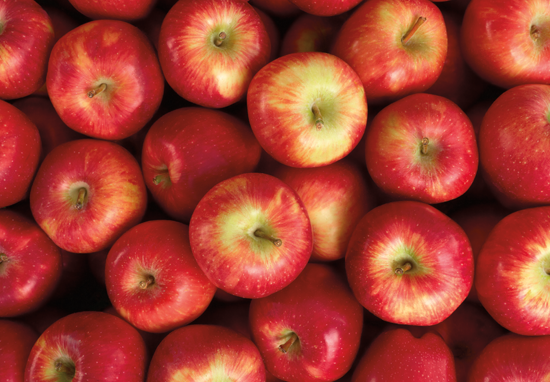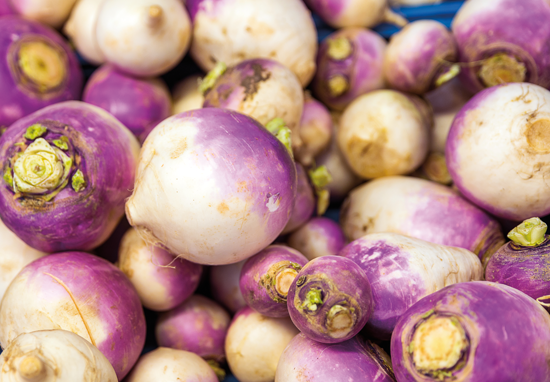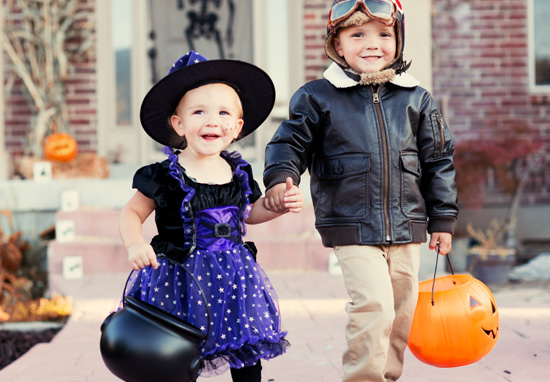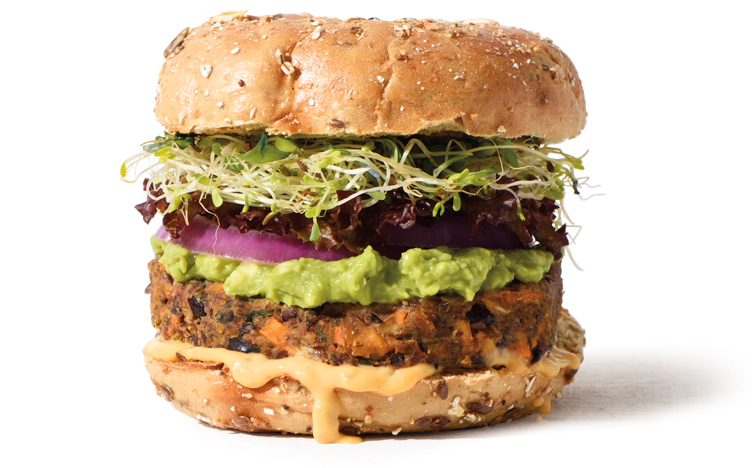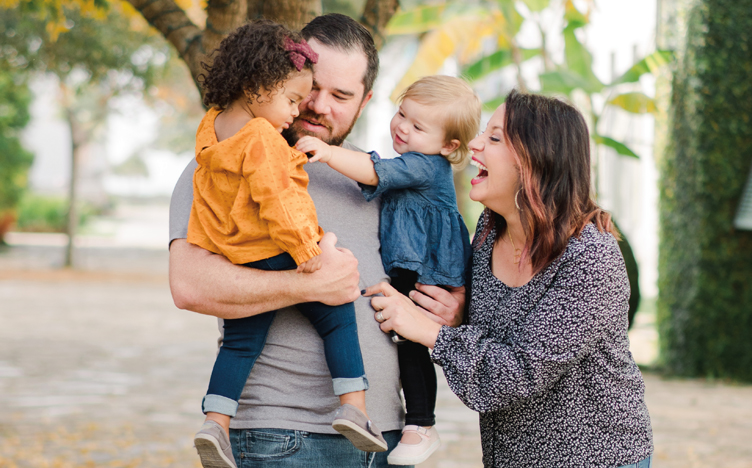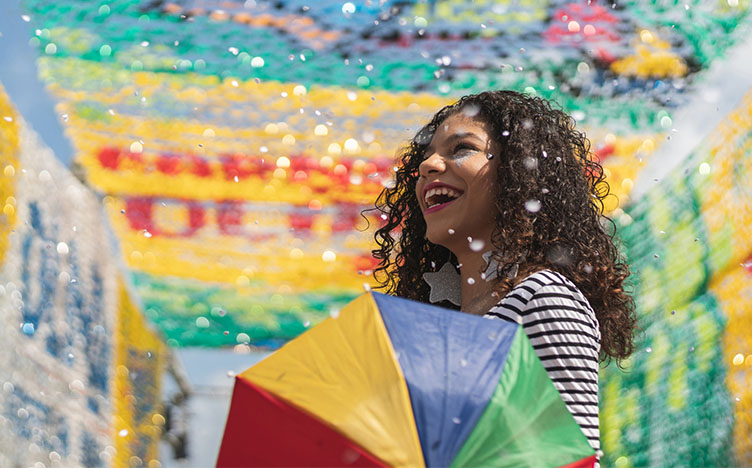Today’s family-friendly Halloween traditions of candy, jack-o’-lanterns and kids dressed as princesses and superheroes are light-hearted versions of rituals that started in Europe many years ago.
History of oral health: how our sweetest and spookiest holiday came to be
50 B.C.
Samhain is an ancient Celtic festival that marks the end of the harvest and winter’s beginning in Ireland, the United Kingdom and northern France. It was also a time when people believed that spirits could cross over into our world easily. They built huge bonfires, wore costumes, and recited verses at their neighbor’s doors to chase away ghosts.
609 A.D.
On the British Isles, Samhain traditions became part of a three-day festival from October 31 to November 2 that included All Hallows’ Eve, All Saints’ Day and All Souls’ Day. The celebration honored saints, martyrs and the dead. During the festival, turnips were carved into jack-o’-lanterns.
1800s
European immigrants brought Halloween traditions to America. Irish “mumming” and German “belsnickling” involved dressing in costume and going house to house in return for treats. Americans began using pumpkins instead of turnips for jack-o’-lanterns. The holiday became more about community and less about ghosts.
1950s
Trick-or-treating as we know it, when kids go door to door collecting candy, was established in American culture. Historians point to a “Peanuts” comic strip and a Disney cartoon featuring trick-or-treating in the 1950s to help pinpoint when the tradition took hold in America.
Halloween can be scary for your oral health. To keep your celebration healthy and reduce your chances of tooth decay, follow these tips:
- Fill up on a healthy meal before you enjoy your sweets.
- Avoid hard candies that will stick to your teeth like lollipops, gummy bears and taffy.
- Wash away sugar left behind by treats with a big swig of water.
- Brush and floss regularly, but especially after eating Halloween treats.
Protect your teeth with these new burgers
Learn how to fit meatless burgers into your diet so you can stay healthy and indulge.
Is high blood sugar a dental problem?
Cavities, dry mouth, infections and gum disease may be signals of diabetes.
Do you want to learn Spanish? Make ceviche?
Here are some fun ideas to celebrate Hispanic diversity.


